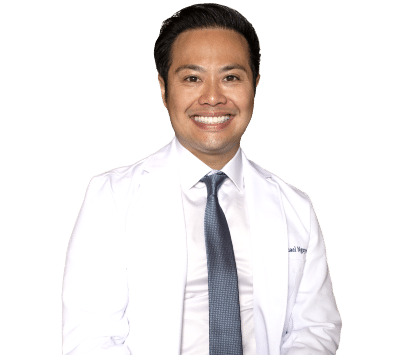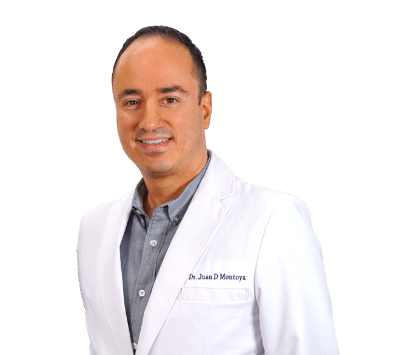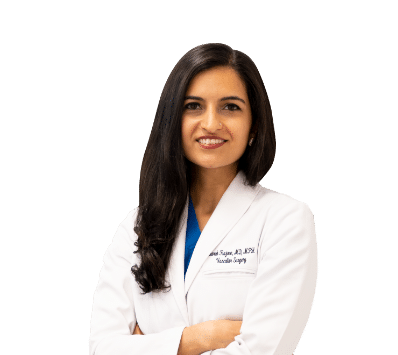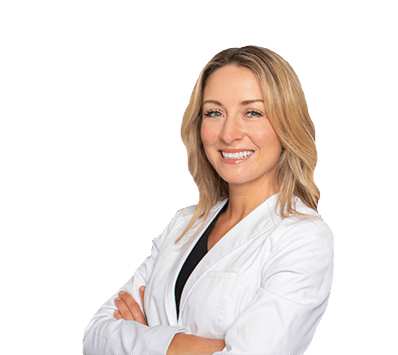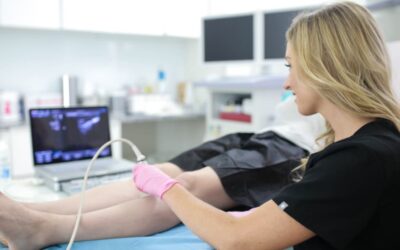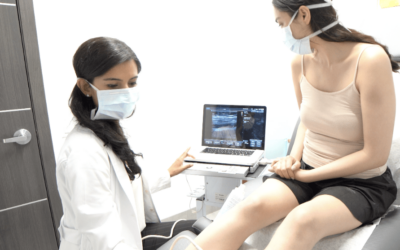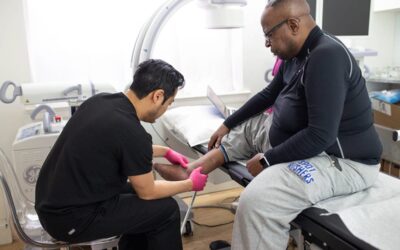What is the New Treatment for Veins?
Vein problems, such as spider veins and varicose veins, can cause pain and discomfort in your legs, leading to difficulty in walking and performing daily activities. The root cause of vein problems is the weakening of vein walls, causing blood to flow backward and pool in the veins. Traditional treatment methods, such as compression stockings and surgery, have been used for years to treat varicose veins. However, with advancements in technology, new minimally invasive treatments have emerged. In this article, we will explore the new treatment for veins and how it works.
At New York Vein Treatment, we only offer minimally invasive spider vein and varicose vein treatments, such as sclerotherapy, endovenous laser ablation, radiofrequency ablation, VenaSeal, and ambulatory phlebectomy. Our team of board-certified vein doctors always diagnose the root cause of spider veins and varicose veins via duplex ultrasound before curating a personalized treatment plan.
Minimally Invasive Treatments
Minimally invasive treatments are an excellent alternative to traditional surgery for those who want to treat their varicose veins without going under the knife. Unlike surgery, minimally invasive treatments require only a small incision and no general anesthesia, which means a quicker recovery time and less pain. The treatment is performed in our office, and you can go home the same day.
Sclerotherapy
Sclerotherapy is a minimally invasive treatment that involves injecting a solution into the vein, causing it to close and eventually disappear. This treatment is commonly used for spider veins and smaller varicose veins. After the treatment, you may experience some bruising and swelling, but it usually subsides within a few days.
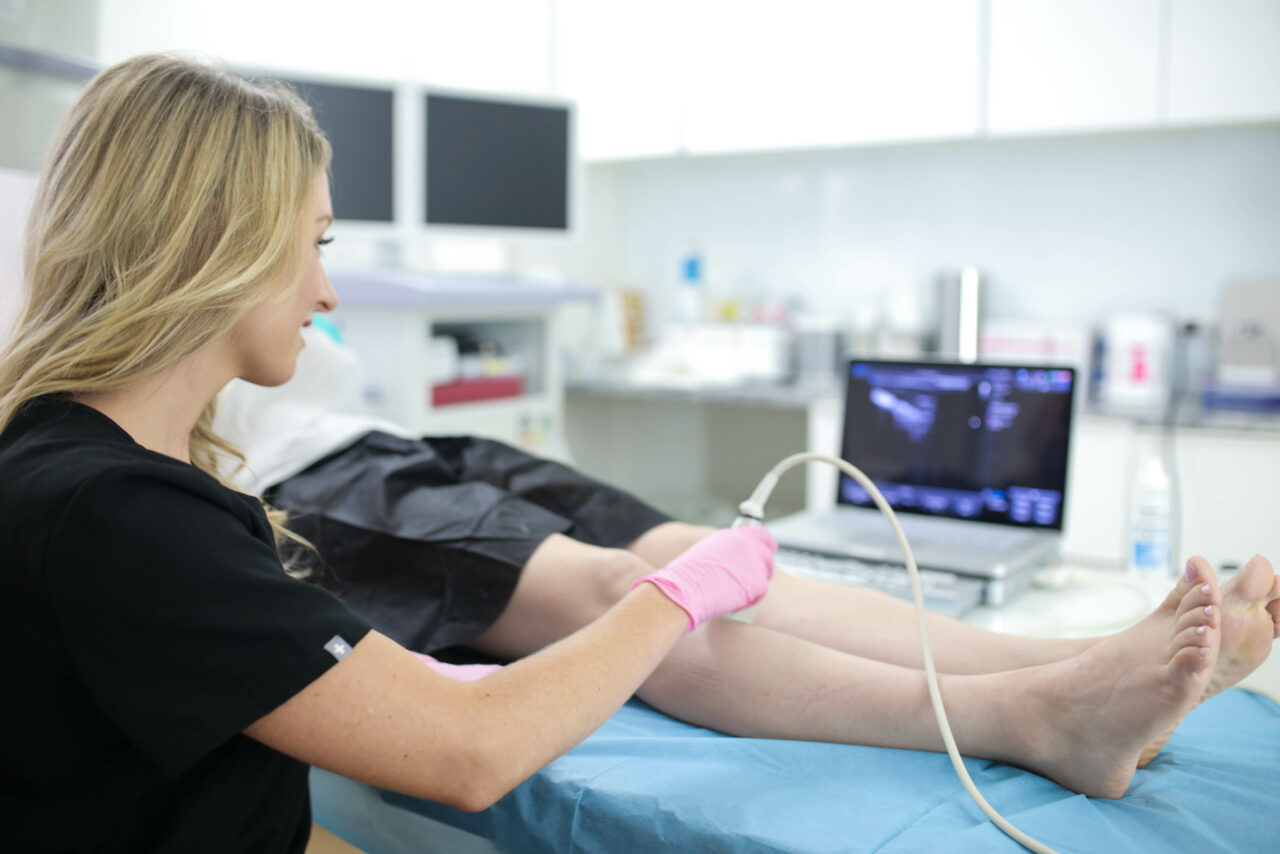
Endovenous Laser Ablation
Endovenous laser ablation (EVLA) is another minimally invasive treatment for varicose veins that involves inserting a laser fiber into the saphenous vein, which is the vein responsible for most varicose veins. The laser heats the vein, causing it to close and reroute blood to healthier veins. You may experience some bruising and swelling after the treatment, but it should subside within a few days.
Radiofrequency Ablation
Radiofrequency ablation (RFA) is a minimally invasive treatment that uses radiofrequency energy to heat the vein and close it. This treatment is also used to treat the saphenous vein and other large veins. After the treatment, you may experience some mild discomfort, but it should subside within a few days.
VenaSeal
VenaSeal is a minimally invasive treatment that uses a medical adhesive to close the vein. This treatment is also used to treat the saphenous vein and other large veins. After the treatment, you may experience some mild discomfort, but it should subside within a few days.
Ambulatory Phlebectomy
Ambulatory phlebectomy is a minimally invasive treatment that involves removing varicose veins through small incisions in the skin. This treatment is used for larger varicose veins that cannot be treated with other minimally invasive treatments. After the treatment, you may experience some bruising and swelling, but it should subside within a few days.
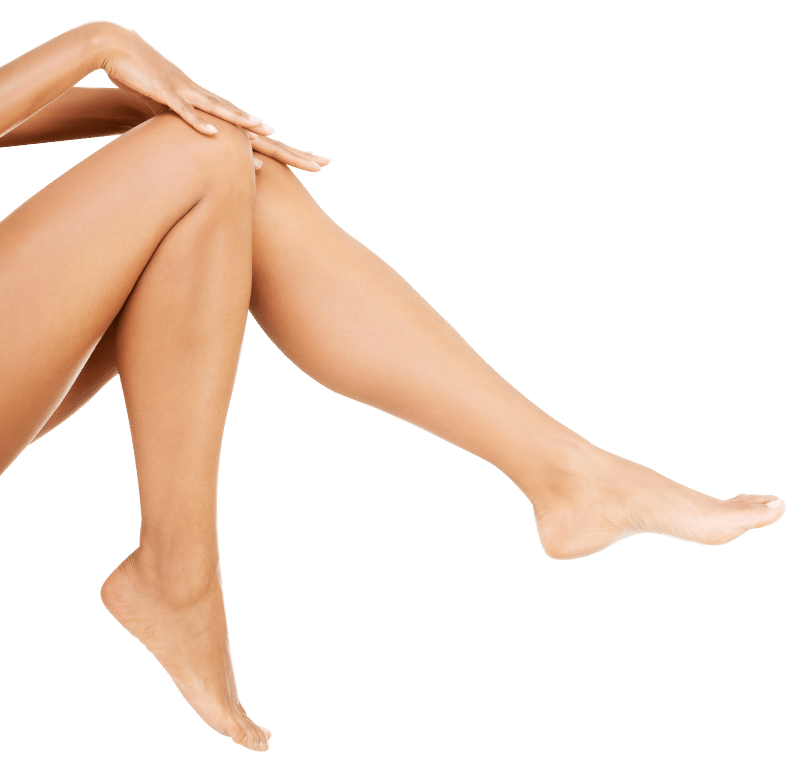
BOOK AN APPOINTMENT
Experiencing symptoms of vein disease? Book an appointment with one of the our Vein Specialists in New York.
Your information is encrypted and secure. By registering you confirm that you accept Terms and Conditions and Privacy Policy
Advantages of Minimally Invasive Treatments
Minimally invasive treatments for vein problems have become increasingly popular in recent years due to the many advantages they offer over traditional surgery. Here are some of the main benefits of minimally invasive treatments for vein problems:
Quicker Recovery Time
Minimally invasive treatments are much less invasive than traditional surgery, which means that they require less recovery time. After a minimally invasive treatment, you can usually return home the same day and resume most of your daily activities within a few days. In contrast, traditional surgery often requires several days of hospitalization and a longer recovery time.
Minimal Scarring
Minimally invasive treatments are typically performed through small incisions or punctures in the skin, which means that they leave minimal scarring. In contrast, traditional surgery often requires larger incisions, which can result in more noticeable scars.
Less Pain and Discomfort
Minimally invasive treatments are much less painful than traditional surgery. During a minimally invasive treatment, you will be given a local anesthetic to numb the area being treated. After the treatment, you may experience some discomfort, but it is usually mild and can be managed with over-the-counter pain relievers. In contrast, traditional surgery can be quite painful, and you may need prescription pain medication to manage the pain.
Lower Risk of Complications
Minimally invasive treatments have a lower risk of complications than traditional surgery. Because they are less invasive, there is less risk of bleeding, infection, and other complications. In addition, because they are performed on an outpatient basis, there is less risk of complications associated with hospitalization.
Fewer Restrictions on Daily Activities
Minimally invasive treatments have fewer restrictions on daily activities than traditional surgery. After a minimally invasive treatment, you can usually resume most of your normal activities within a few days. In contrast, traditional surgery often requires several weeks of restricted activity.
Lower Cost
Minimally invasive treatments are generally less expensive than traditional surgery. Because they are performed on an outpatient basis, there are no hospitalization costs. In addition, because they require less time in the operating room and less follow-up care, they are generally less expensive overall.
Recovery
After your minimally invasive vein treatment, you will be able to return home the same day. You will be advised to wear compression stockings to help with the healing process and to avoid long periods of standing or sitting for a few days. You should also avoid strenuous exercise for at least two weeks after the treatment.
You may experience some bruising, swelling, and mild discomfort after the procedure, but these side effects usually subside within a few days. You should contact your doctor if you experience any unusual pain or swelling, fever, or signs of infection.
Insurance Verification
At New York Vein Treatment, we offer free insurance verification even before the first appointment. We understand that navigating insurance can be challenging, so we make it easy for you by verifying your coverage and letting you know what to expect before your first visit.
Locations
We have two convenient locations for vein treatment in New York City. Our Midtown Manhattan location is located at 290 Madison Ave Suite 202, opposite to Grand Central Station and Penn Station, and within walking distance from many popular attractions, such as the Empire State Building, Bryant Park, Chrysler Building, Madison Square Park, The United Nations, and Hudson Yards. Our Financial District location is located at 156 William St, 3rd Floor, New York, near the 9/11 Tribute Museum, New York Stock Exchange, and The Seaport.
If you are experiencing pain, discomfort, or unsightly veins, contact us today to schedule a consultation. We are here to help you achieve healthy, beautiful legs and get back to your daily activities without the inconvenience of vein problems.
MEET OUR NEW YORK
VEIN SPECIALISTS
Dr.MICHAEL NGUYEN
Veins Specialist NYC
He leads the team of vein doctors offering the highest level of care at our Spider and Varicose Vein Treatment Center NYC.
HARVARD MEDICAL SCHOOL
Dr. JUAN D. MONTOYA
Veins Specialists NYC
Highly sought after for his expertise and excellent outcomes in Vein Treatments in Manhattan.
YALE MEDICAL SCHOOL
Dr. SAREH RAJAEE
Veins Specialists NYC
She has extensive experience with vein performing procedures based on New York City.
HARVARD MEDICAL SCHOOL
Learn more about our clinics, doctors and procedures!

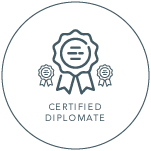

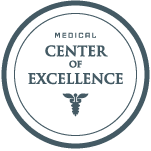



Contact us
Call us
Speak instantly with one of our team members; they will answer any questions you may have regarding insurance coverage, booking an appointment and our vein treatment locations. (646) 859-1833
Book online
Visit our Book Appointment page and instantly request an appointment at the New York vein center near you. We offer Free Insurance Verification before your appointment.
Get directions
Learn how to easily get to the New York vein center.
FEATURED POSTS BY VEIN DOCTORS
Get the Results You Want with Our Vein Treatments
Get the Results You Want with Our Vein Treatments If you're dealing with varicose veins or spider veins, you're not alone. Fortunately, New York Vein Treatment is here to help you achieve the results you want with our minimally invasive vein treatments. Led by...
Sclerotherapy: Spider Vein Treatment That Works
Sclerotherapy: Spider Vein Treatment That Works Are you tired of those unsightly spider veins that seem to appear out of nowhere on your legs, making you self-conscious about wearing shorts or skirts? Spider veins, those small, red, blue, or purple veins that often...
Varicose Vein Treatment Without Surgery: Benefits, Options, and Process
Varicose Vein Treatment Without Surgery: Benefits, Options, and ProcessIf you're dealing with varicose veins, you're not alone. Varicose veins are swollen, twisted veins that often appear blue or purple. They most commonly occur in the legs and are the result of...
The Best Vein Treatment in New York City
The Best Vein Treatment in New York City If you're dealing with the discomfort and unsightly appearance of varicose and spider veins, you're not alone. Millions of people in New York City and around the world are affected by these vein issues. Let's explore the best...
